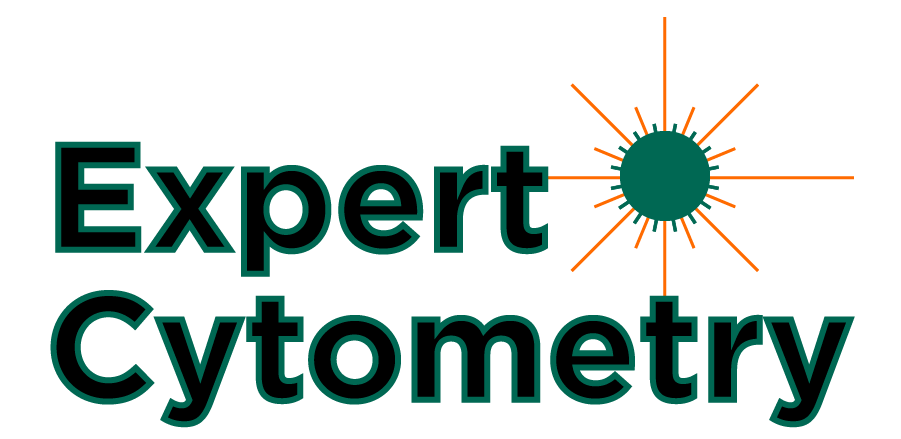Cell Cycle Analysis

Cell cycle analysis by flow cytometry uses a DNA binding dye, such as propidium iodide (PI), 7- aminoactinomycin D (7-AAD) or 4’,6-diamidino-2phenylindole (DAPI), to determine the cell cycle state of a cell population.
The Gap1 (G1) phase of an eukaryotic cell is defined as having 2C DNA. The synthesis (or S) phase is where the DNA is synthesized going from 2C->4C. Cells then spend some time in the Gape 2 (G2) phase before completing mitosis and the whole cycle starts over again.
Since the cells in G0/G1 and G2/M have defined amounts of DNA, with the S phase having an increasing amount of DNA, an idealized single parameter cell cycle plot looks like this:

However, due to measurement error that is inherent in the flow cytometer, this diagram usually looks like this:

Cell cycle analysis is a powerful tool in the flow cytometrist toolkit. It can robustly determine the ploidy of a cell population that can be used to understand the aggressiveness of a cancer tumor, the ploidy of a plant population, or how a drug affects the growth of a cell.

ABOUT TIM BUSHNELL, PHD
Tim Bushnell holds a PhD in Biology from the Rensselaer Polytechnic Institute. He is a co-founder of—and didactic mind behind—ExCyte, the world’s leading flow cytometry training company, which organization boasts a veritable library of in-the-lab resources on sequencing, microscopy, and related topics in the life sciences.
More Written by Tim Bushnell, PhD












